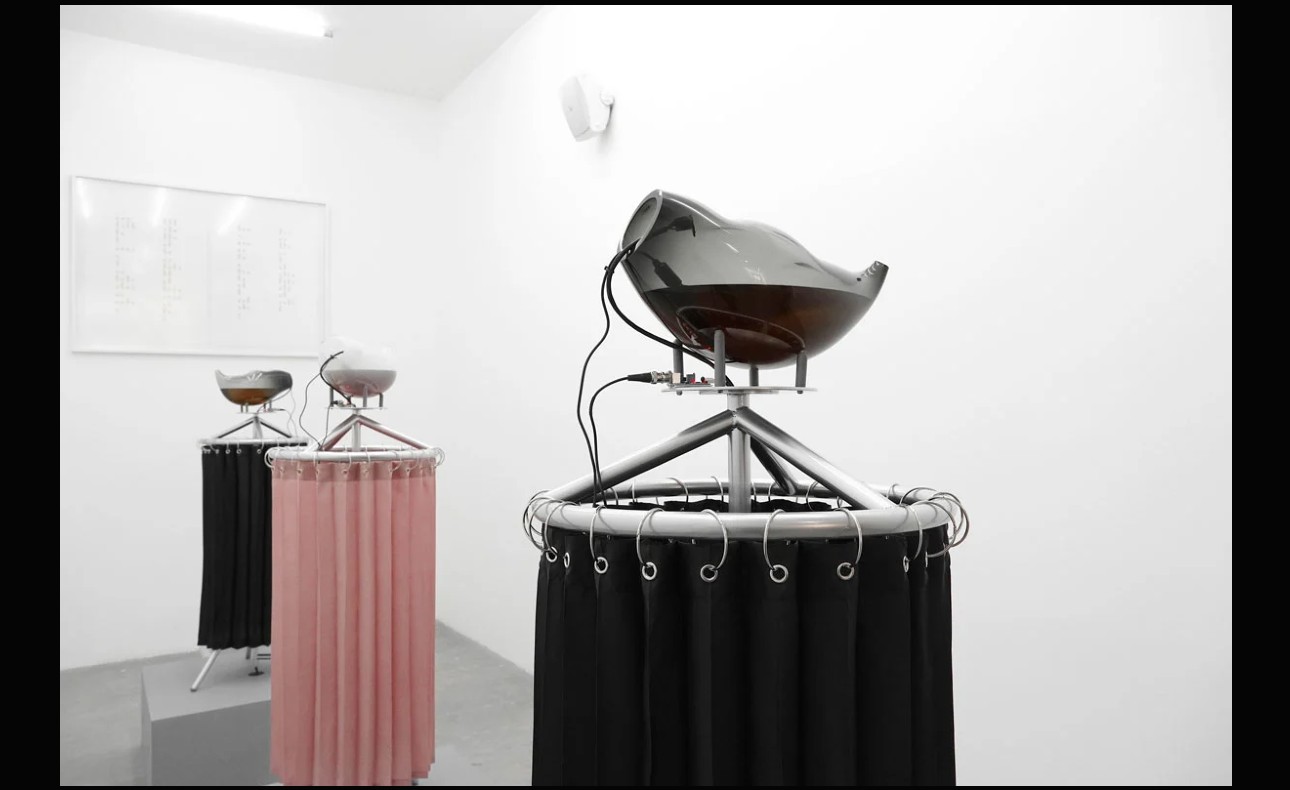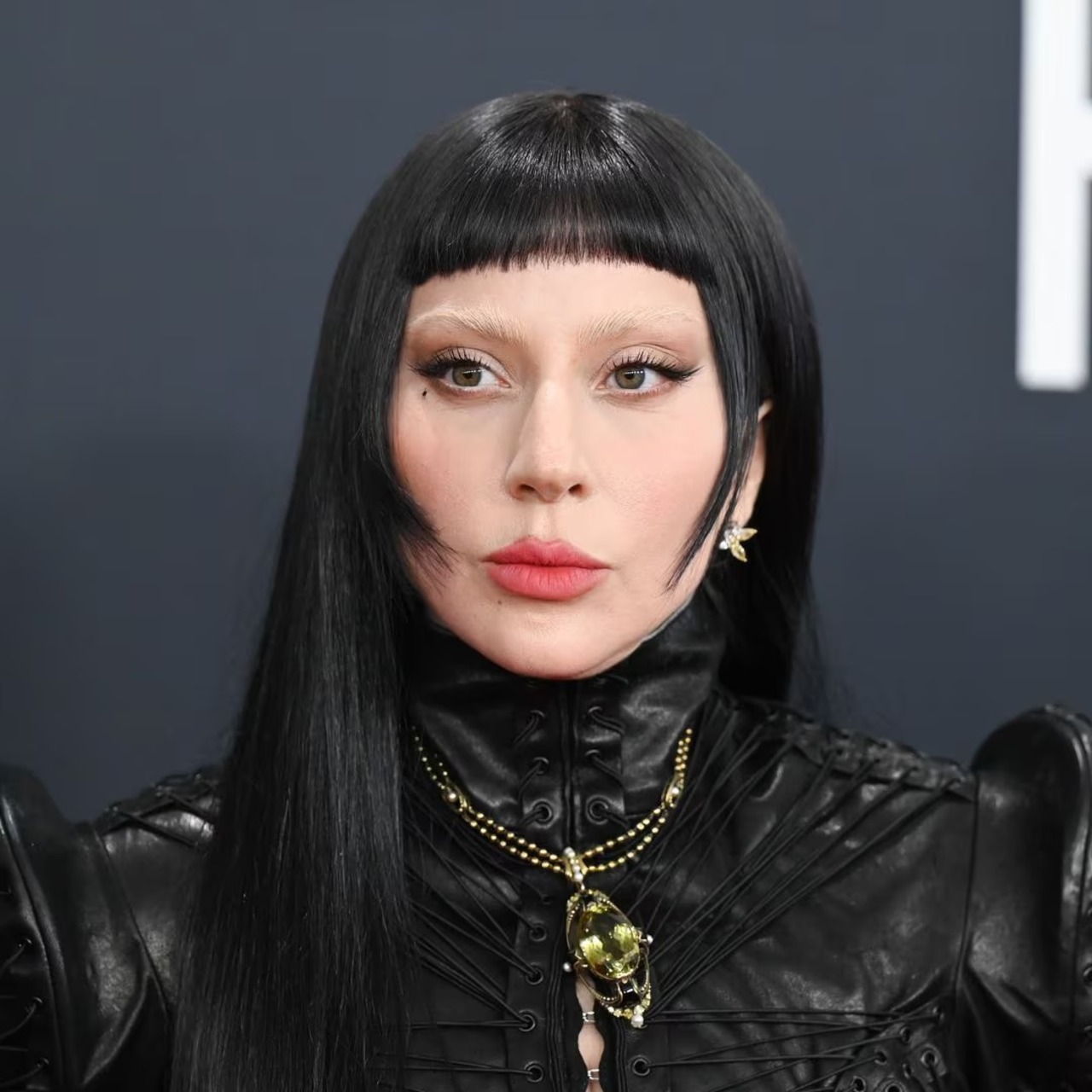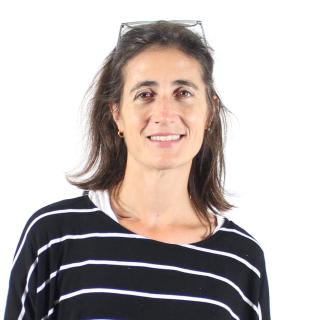
A new prize for Latin American artists working in tech
Cisneros Fontanals Art Foundation (CIFO) and Ars Electronica have joined forces to select and highlight new media and digital Latin American active artists
As it approaches its 20th Anniversary, the Cisneros Fontanals Art Foundation (CIFO), a nonprofit based in Miami, Florida, has made a new step into its mission of supporting and fostering cultural understanding and educational dialogue among Latin American artists and global audiences.
The organization, founded by Cuban-American philanthropist Ella Fontanals-Cisneros, has partnered with one of Europe’s most storied art-and-technology festivals, Ars Electronica, to create a new grant program that will support Latin American artists working with technology.
This global collaboration is proud to announce the first season of the CIFO-Ars Electronica Awards, coming in Spring 2022.
CIFO and Ars Electronica, a cultural, educational and scientific institute based in Linz, Austria, specializing in the fusion of art, technology and society, have joined forces to select and highlight new media and digital Latin American active artists, regardless of their country of residency, for the 2022 Grants & Commissions Awards.
For the commissions, artists will explore a range of themes, including the impact of the body’s circulatory and respiratory systems on our everyday lives, how technology can advance feminist activism, what happens when an A.I. computer is given a military education based on the detritus of the School of the Americas in Panama, and more.
The Latin American Artists selected from around the world will be awarded and exhibited within the Ars Electronica Festival in Linz, Austria, a world renowned hub for the arts and technology.
The inaugural five recipients are Amor Muñoz, Dora Bartilotti, Thessia Machado, and Ana Elena Tejera, and the artist collective Electrobiota Collective. Muñoz will receive $30,000. Bartilotti, Machado, and Tejera will each receive $15,000. Electrobiota Collective will receive $10,000.
The winning projects
The winning projects were selected from more than 160 participants based on their conceptual merit, including the artistic and research motivations for the project, as well as the context in which the work is created and the artist’s entire body of work.
1. Amor Muñoz (Mexico)
Amor Muñoz works in textiles, performance, drawing, sound, and experimental electronics explores the relationship between technology and society, with a special interest in the interaction between material forms and social discourse. Her new commission will explore biological processes such as circulation and breathing, synthesizing them in a bio-technical exploration of the relationship between technology and our everyday lives.
2. Dora Bartilotti (Mexico)
RELATED CONTENT
Dora Bartilotti is a feminist, multimedia artist focused on generating critical dialogues between art, design, pedagogy, and technology in order to catalyze conversations about possible forms of organization, intervention, and micro-political action in public space. For her commission, the artist will continue current research exploring new media and electronic textiles as creative mechanisms for feminist activism. The resulting work, ¿La has visto…? (Have You Seen Her?), will be a participatory electronic art piece that seeks to generate a poetic gesture of search, as well as a collective demand to find the missing women who are victims of forced disappearances in Mexico.
3. Thessia Machado (Brazil)
Thessia Machado is a Brazilian, U.S.-based visual/sound artist, instrument builder, and performer whose work plumbs the materiality of sound and its effect on our shifting perceptions of space. She creates circumstances to mine the matter of her pieces for their innate physical properties and the sonic and visual relationships that can arise from their interactions. For her new commission, she will create a sound and light installation, featuring two wall-mounted, light-sensitive string instruments controlled by the light levels of a video projection. The architecture of the surrounding space functions as the resonating body, singing through its structure and filling the space with a composition of evolving drones. Machado’s sculptures, drawings, and sound installations have been exhibited at major institutions across the U.S. and Europe, including The Drawing Center, Museo del Barrio, and BRIC Arts.
4. Ana Elena Tejera (Panama)
Ana Elena Tejera is a Panamanian France-based multidisciplinary artist working in cinema and performance. Her films, interactive performances, and other interdisciplinary works have been presented across Panama, the United States, and Europe. Her first feature film, as well as her first film in virtual reality, were both recognized by the Rotterdam International Film Festival. For her commission, the artist will create an AI computer whose education will be formed through the consumption of school class manuals, archives, and photographs from The School of the Americas in Panama, mimicking a “military education” based on the concrete elements left over from the school.
5. Electrobiota Collective (Argentina/Mexico)
Electrobiota Collective is a multidisciplinary artist collective founded in 2014 by Mexican transmedia artists Gabriela Munguía and Guadalupe Chávez. Contextualized in Latin American epistemologies and working from multiple approaches, including electronic arts, bioart, environmental humanities, cultural biology, and soil ecologies. They investigate possible interspecies expressions and gestures. The artists coordinate the Rizosferic Laboratory, an experimental education project focused on the environment, art and open source technologies. For their commission, the artists will develop a tactical and forensic investigation of wetlands in Isla Puente, in Paraná, Entre Ríos, Argentina, based on photogrammetry techniques, and using drones and satellite images to identify wetland areas and study endangered native plant species.











LEAVE A COMMENT: